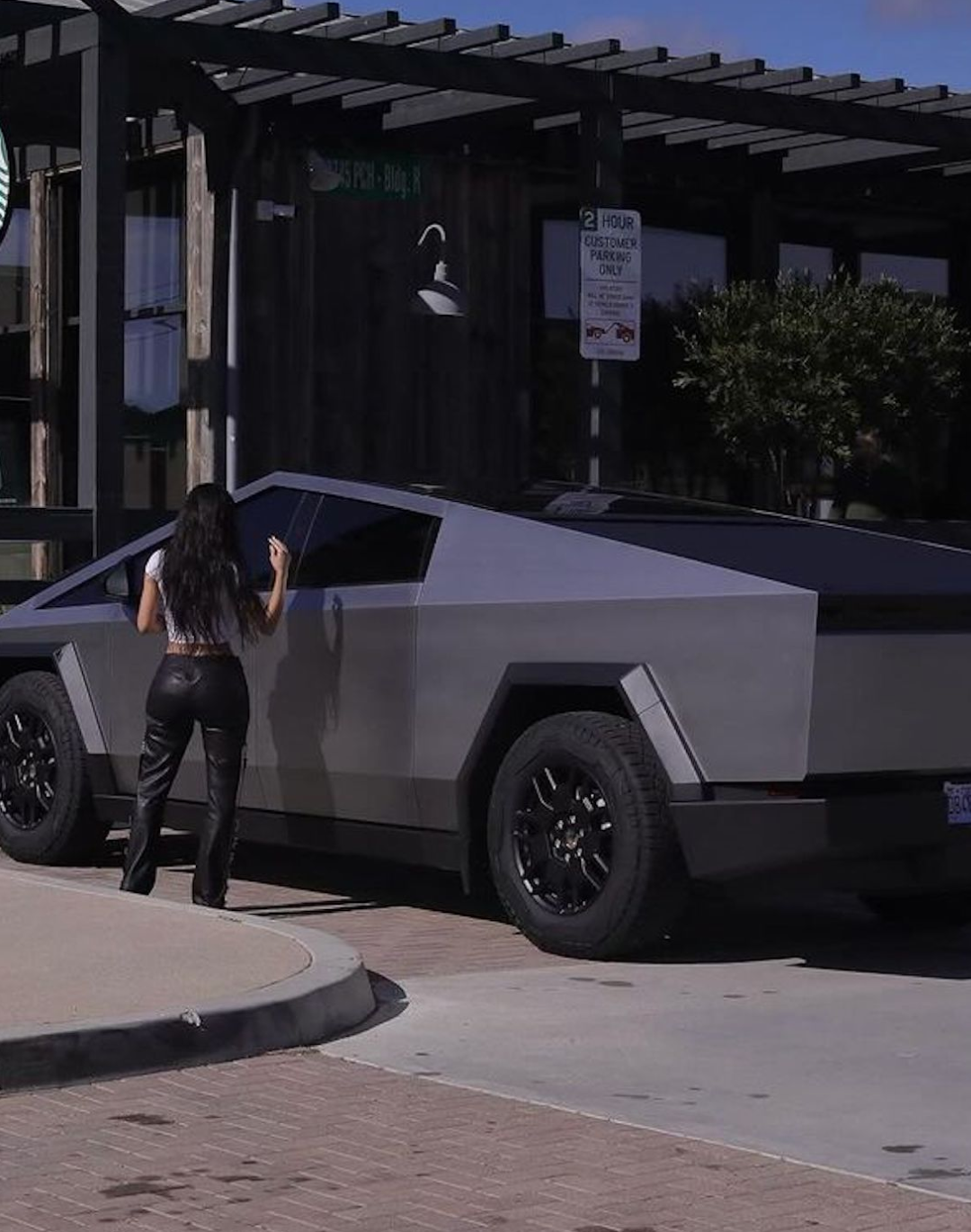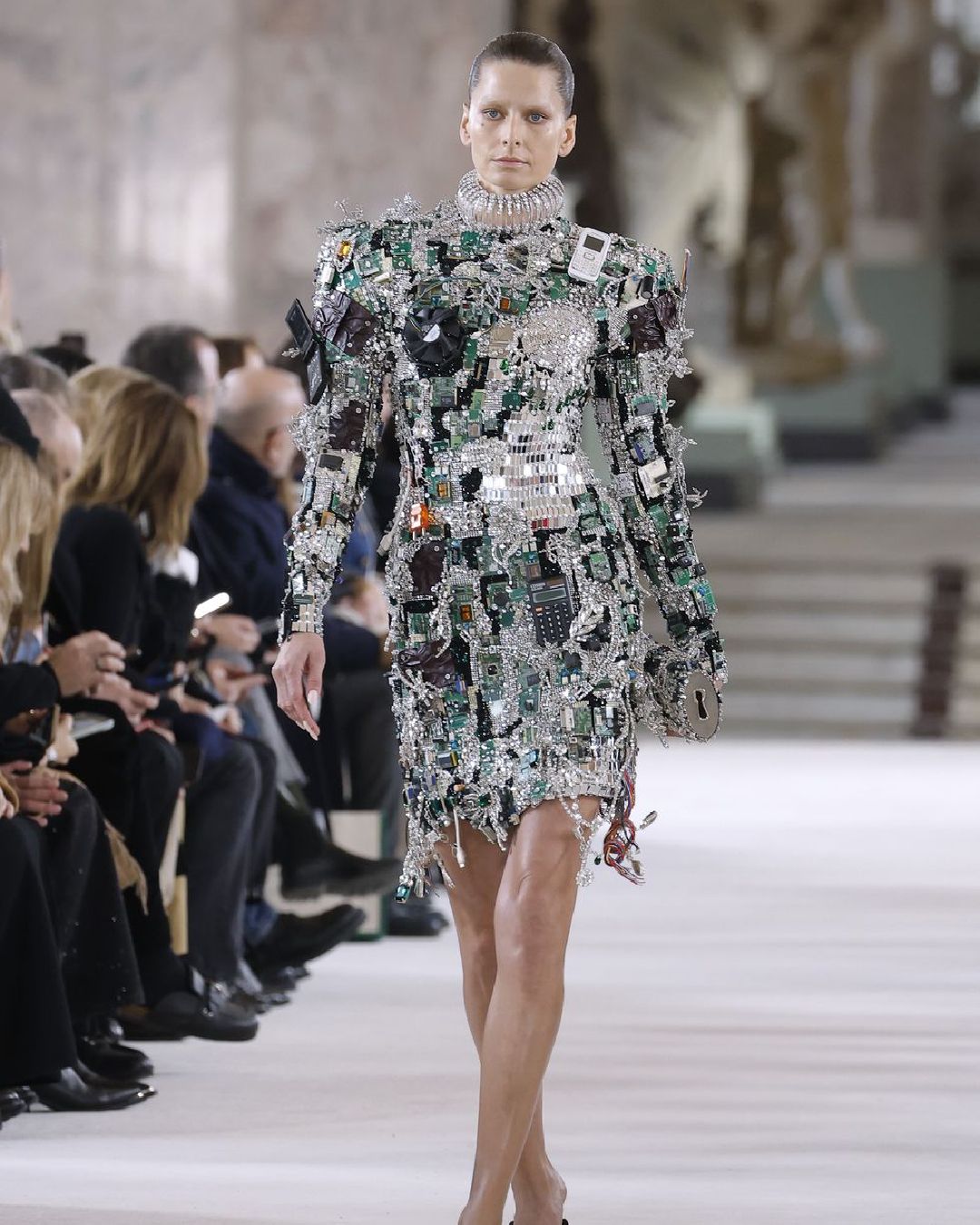
Are robots really more and more ‘human’? Tesla, Meta, Google and Big Tech are increasingly investing in androids
They are called humanoid robots or anthropomorphic robots, but they already have proper names like Optimus, Atlas, or Apollo. They are already among us and will be here for a long time. In October 2024, Elon Musk introduced Tesla's robot, Optimus 3, causing a stir both for the plan to commercialize it and for its increasingly cutting-edge functions. Now, however, robots have also entered pop culture—not just in imagination or art (as Philip K. Dick and Ridley Scott anticipated decades ago), but increasingly in real life, as demonstrated by Kim Kardashian's recent photoshoot. The influencer posted some photos—sparking controversy for endorsing Elon Musk in this way—showing her with the Tesla robot during a photoshoot for the upcoming issue of Perfect Magazine. Robots have been present in our lives for decades—mechanical arms, industrial robots—but apparently, the big bet of Big Tech companies worldwide is precisely androids. According to an article by Mark Gurman in Bloomberg, Meta and Google are preparing to challenge Tesla in the field of AI-powered humanoid robots. Meta, Bloomberg reports, has just completed a major investment to develop a foundational software similar to an "Android for robots." The new team, created within the Reality Labs hardware division, collaborates with robotics companies like Unitree Robotics and Figure AI and will consist of more than 100 engineers led by Marc Whitten, former executive at GM Cruise and Amazon. The goal is to launch an android on the market in the coming years, primarily focused on performing household tasks.
And, as we were saying, Google is also investing heavily in robotics. According to MIT Technology Review, on March 12, Google made a rather surprising announcement: it launched a version of its artificial intelligence model, Gemini, capable of operating not only in the digital realm of chatbots and internet searches but also in the physical world. As early as December 2024, the Californian company had signed an agreement with Apptronik "to accelerate progress in AI-powered humanoid robots" such as the Apollo robot. But with the news of Gemini Robotics, Google is seeking to merge the power of large language models with spatial reasoning. In other words, it will be possible to command a robotic arm (or Apollo) to perform any task. The race for robots seems to be the new space race. While U.S. giants are gearing up and investing in new AI technologies to integrate into robotics, the Chinese are not standing by. He Xiaopeng, president and CEO of electric vehicle company XPeng Motors, according to Reuters, is considering massive investments that could reach 100 billion yuan ($13.80 billion) to ensure commercial production of humanoid robots within a year.
@the_curiosity_lab Posted @withregram • @rowancheung Google is back in the robotics race… @googledeepmind just announced a partnership with robotics company Apptronik to build humanoid robots powered by advanced AI. Apptronik’s latest humanoid robot, Apollo, stands 5’8” (1.7m) and weighs 160 pounds (72.57kg). And it’s designed to work safely alongside humans in warehouses and factories. It can handle heavy lifting and complex tasks that typically cause injuries to workers. Apptronik brings a decade of robotics experience, including work on NASA’s Valkyrie Robot. Now they’re combining their hardware with DeepMind’s AI models and years of robotics research and development. This marks Google’s return to humanoid robotics after selling Boston Dynamics in 2017. And the partnership comes at a crucial moment. Companies like Figure, Tesla, Boston Dynamics, and many others are racing to create the first commercially successful humanoid robot. #trendingreels #ai #robot #tech #future #fyp #parenting #parenting101 original sound - The Curiosity Lab
However, one question arises spontaneously: why "humanize" robots when machines capable of performing similar tasks (such as automatic vacuum cleaners) have existed for decades? Why are the world's major companies betting everything on anthropomorphic robots? The most commonly accepted reason is that our environments, buildings, and vehicles are designed for humans. Therefore, designing robots based on the human body means they can open doors, sit on chairs, climb stairs, and generally operate in any place or situation designed for people. But most importantly, through their form and movement, they can convey empathy. And, to be sold at considerable prices—Tesla's Optimus will be marketed at a cost of around $30,000—a bit of empathy is needed. The future seems set, and it is likely that in the coming years, we will see more and more photoshoots of Kim Kardashian with Optimus, and perhaps we too will start making Instagram stories with our household robots.













































